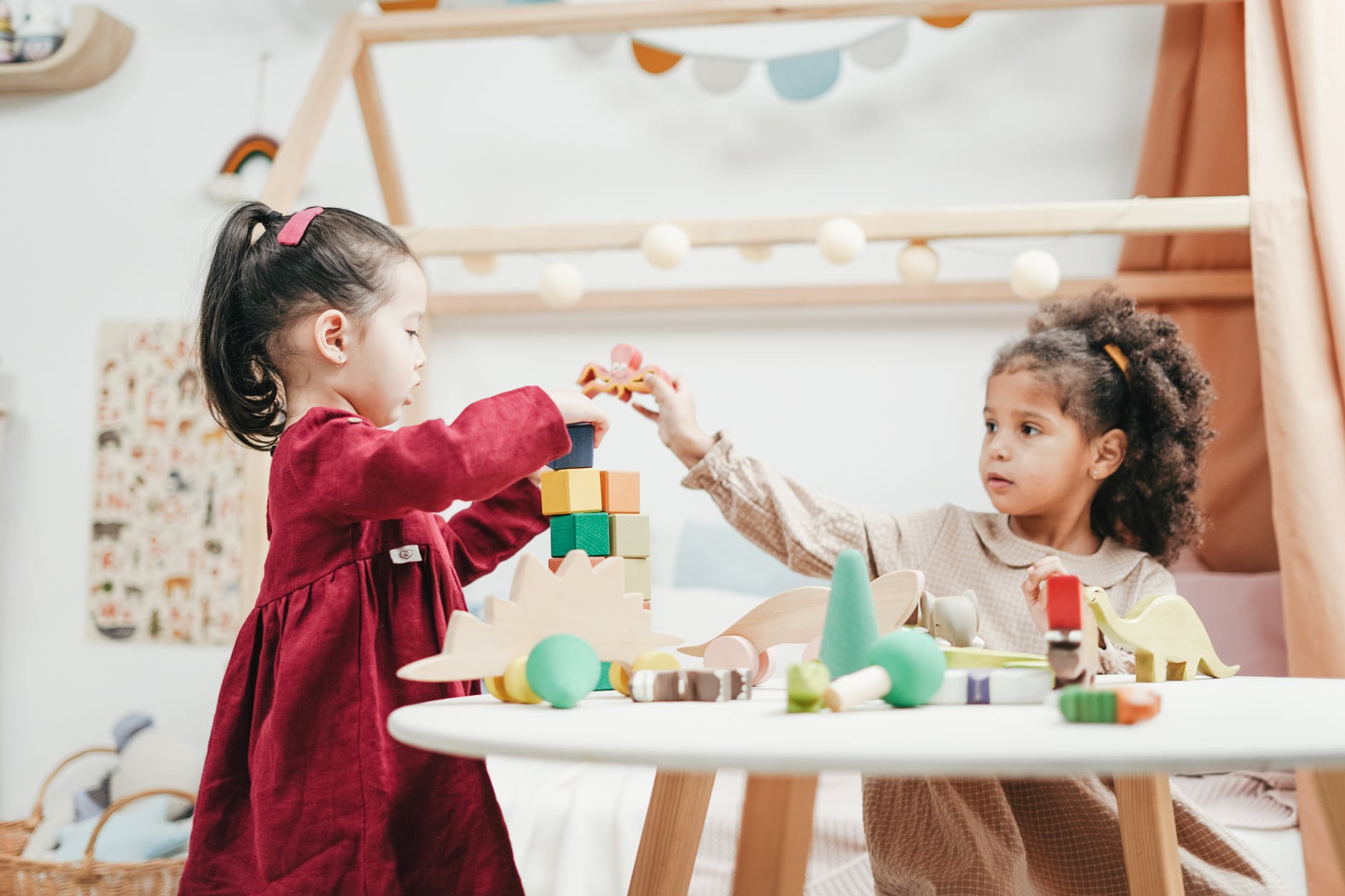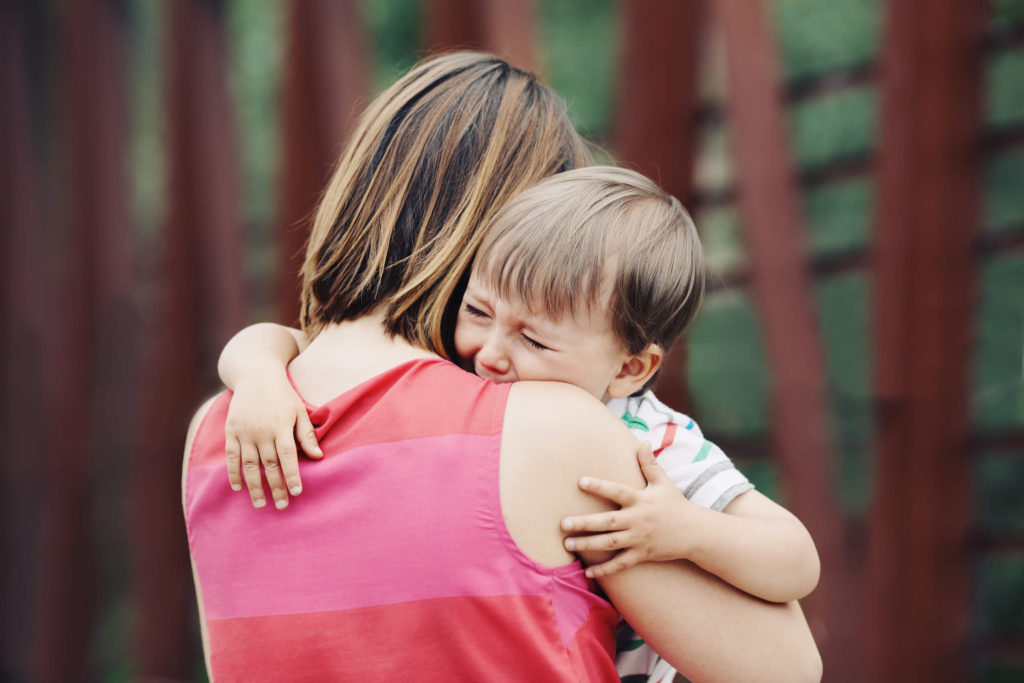Introduction:
As a seasoned pediatrician, my commitment to children’s well-being extends beyond the
clinic walls.
One crucial aspect of child safety that often goes overlooked is selecting an appropriate
car seat for toddlers.
In this article, I’ll draw upon my medical expertise to guide parents through the
key considerations when choosing a toddler car seat.
Age and Size Appropriateness:
Infants and toddlers have unique anatomical needs.
Ensure the car seat is suitable for your child’s age, weight, and height.
Opt for a rear-facing seat for infants and switch to a forward-facing one as your child grows.
Safety Standards and Regulations:
Stay informed about the latest safety standards and regulations.
Look for car seats that meet or exceed government safety standards.
This information is usually found on the seat’s label.
Ease of Installation:
Correct installation is paramount for a car seat’s effectiveness.
Choose a seat that is user-friendly and compatible with your vehicle.
Many car seats now come with easy-to-follow installation guides and online tutorials.
Side-Impact Protection:
Consider a car seat with side-impact protection features.
Collisions from the side can be particularly dangerous, and additional padding or
reinforced structures can provide an extra layer of safety for your child.
Harness System:
A secure harness system is vital. Ensure it can be adjusted easily to fit snugly around your
child. The harness should have multiple height positions to accommodate your growing toddler.
Comfort and Padding:
While safety is paramount, comfort matters too. Choose a car seat with ample padding
and support.
Your child should be comfortable during long rides to prevent any discomfort or agitation.
Easy Cleaning and Maintenance:
Toddlers are prone to spills and messes. Opt for a car seat with removable, machine-
washable covers for easy cleaning. Regular maintenance is essential to ensure the seat functions correctly.
Compatibility with Strollers:
If you use a stroller regularly, consider a car seat that is compatible with it.
Some models can seamlessly transition from the car to the stroller, providing convenience for parents on the go.
Conclusion:
In conclusion, selecting the right toddler car seat is a critical decision that directly impacts
your child’s safety.
By considering factors such as age appropriateness, safety standards, ease of installation,
side-impact protection, harness system, comfort, cleaning, and compatibility with strollers,
you can make an informed choice.
As a pediatrician, I emphasize the importance of prioritizing safety to ensure a secure and
comfortable journey for your little one.












